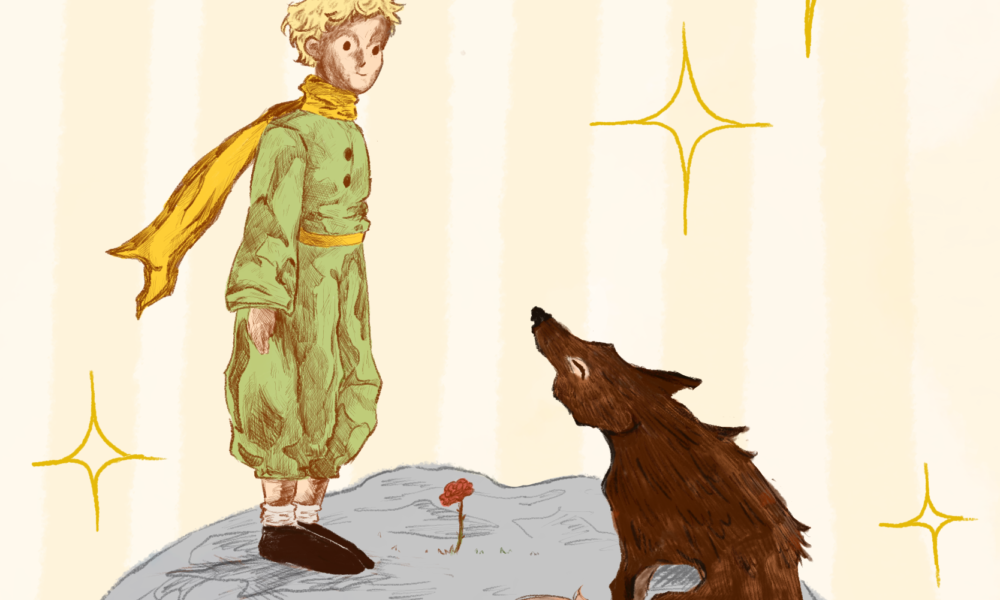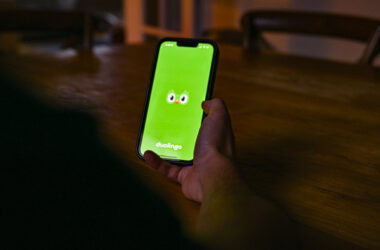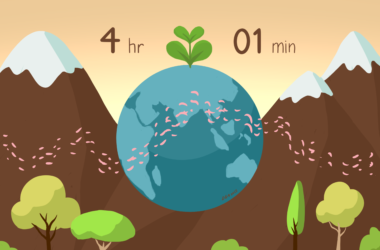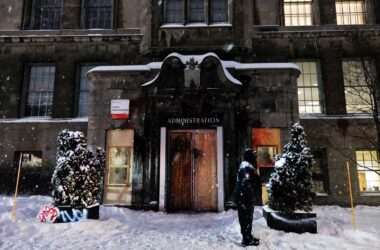When an existential crisis knocks at your door, avoidance feels impossible. In such moments, finding meaning and addressing inner conflicts becomes urgent, even though it may be painful. In The Little Prince, Saint-Exupéry explores this search for meaning, teaching readers to view life through fresh, unclouded eyes, and to appreciate its unique beauty. The book has a lot to teach us in adopting a ‘new set of eyes,’ to cherish the preciousness of life. This lesson is especially relevant in today’s fast-paced, efficiency-driven Western societies—where disregarding emotions and feelings has become common, especially among overworked and over-achieving students at McGill.
Amid the weight of adulthood, there’s a need to recapture the openness and curiosity that children bring to the world, embracing life as something to be explored and appreciated rather than merely managed. In this way, we become creators of meaning in our lives, painting each day with renewed wonder.
To “see” is to observe, to notice, to take in. It is with your eyes that you first experience the world each morning as you wake, transitioning between the dream’s fog and tangible reality. Yet, surprisingly, our eyes are not always the best tool to truly perceive our surroundings. The Little Prince teaches us to look at the world through this “new set of eyes,” encouraging us to grasp the singularity and preciousness of life. So, why don’t we start by using the powerful human faculties Mother Earth gifted us to adopt a more holistic outlook?
Driven by a success-oriented mindset, many overlook their emotions, deeming them irrational or distracting from measurable achievements. However, they have the potential to reveal more about our inner workings if we’re open to listening. Sweaty palms betray the tension of an exam, a racing heartbeat reveals the thrill of a first date, and a shaking leg exposes the fear stirred by a horror film. Each of us carries around 10 million sensory receptors, constantly absorbing data about our inner and outer worlds. These signals are invaluable; they remind us to pay attention to the little things and align with our deeper selves. As The Little Prince teaches, noticing these subtle messages is a crucial step toward a more authentic and fulfilling existence. In essence, our body is constantly speaking to us, and true clarity lies in the mind’s willingness to listen.
In The Little Prince, the wise fox teaches readers to explore the external world and their inner selves, though this enterprise requires time, patience, and commitment. Following the fox’s guidance, the Little Prince embarks on a transformative journey, prompting him to appreciate life to the fullest, as he comes to understand the beauty of his planet—beautiful because of its uniqueness. After comparing his life to that of a businessman and a lamplighter, who have been perverted by society’s vices, the Little Prince realizes he has nothing to envy. He has found true peace and fulfillment in his values and relationships with his friends: The fox, the rose, the volcanoes, and the nature on his planet, which he carefully nurtures.
The Little Prince epitomizes the everyman—excited about the sight of sunsets and shaken by the existential dread of loneliness. In the modern age, adults and young adults have gotten too serious. There is an urgent need to leave condescension behind the door and learn from children’s clarity to view the world and appreciate each piece of it. From the Latin, exsistere—as in ‘existence’—means to ‘come into being.’ On this account, life is a piece of art and you are the artist. No previous experience or fancy degree is required to build something meaningful in one’s own life. Worrying about the length of your LinkedIn or the prestigious schools you will attend will not help in your quest for meaning. True fulfillment results from one’s ability to appreciate the small details of everyday life and to treasure what one already has. Life is a canvas where no mistakes can occur, as we each live within our own universe, viewing the world through our unique prism of perception.









